Difference Between Osteon and Osteocyte
December 18, 2023
Table of Contents
Key Difference
Osteons are also known as Haversian systems. They are the structural units of compact bone, comprising concentric layers of calcified matrix. Osteocytes, on the other hand, are mature bone cells embedded within the bone matrix. They are important for maintaining bone tissue.
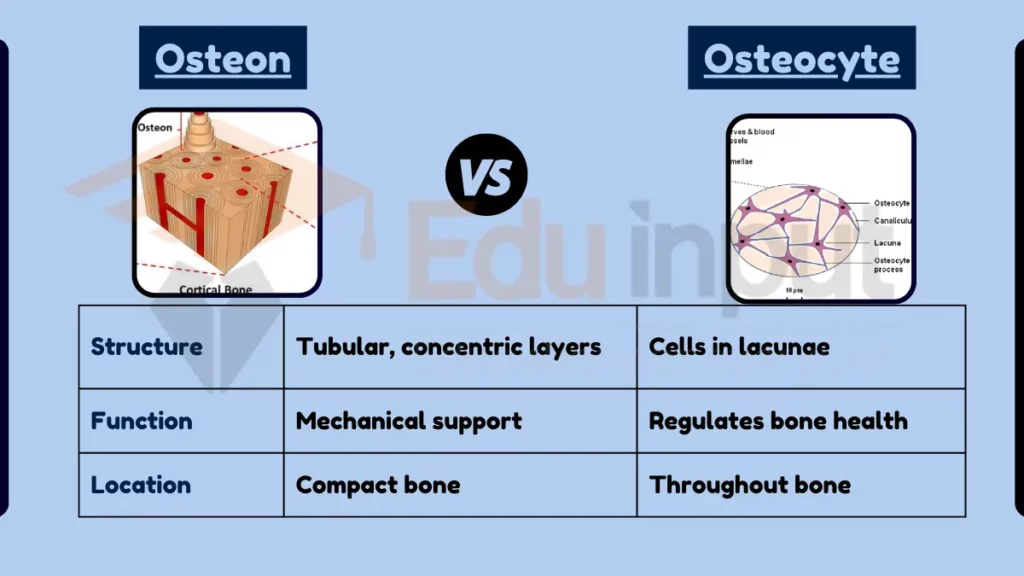
Comparative Analysis
- Structure and Composition:
- Osteon: Tubular structures in compact bone made of concentric layers (lamellae).
- Osteocyte: Individual cells located in lacunae within the bone matrix.
- Function in Bone:
- Osteon: Provides mechanical strength and support.
- Osteocyte: Regulates mineral content, repairs bone tissue.
- Location in Bone:
- Osteon: Found throughout compact bone.
- Osteocyte: Embedded within both compact and spongy bone.
- Lifespan and Activity:
- Osteon: Long-lasting structure, does not undergo cell division.
- Osteocyte: Can live as long as the organism, continuously active in bone metabolism.
- Interaction with Blood Supply:
- Osteon: Contains a central canal for blood vessels.
- Osteocyte: Receives nutrients via canaliculi connected to blood supply.
Table Summary of Osteon vs Osteocyte
| Feature | Osteon | Osteocyte |
|---|---|---|
| Structure | Tubular, concentric layers | Cells in lacunae |
| Function | Mechanical support | Regulates bone health |
| Location | Compact bone | Throughout bone |
| Lifespan | Long-lasting structure | Long-lived cells |
| Blood Supply | Central canal | Via canaliculi |
Osteons and osteocytes play distinct yet complementary roles in bone structure and health, with osteons providing the physical framework and osteocytes maintaining bone metabolism.
File Under:

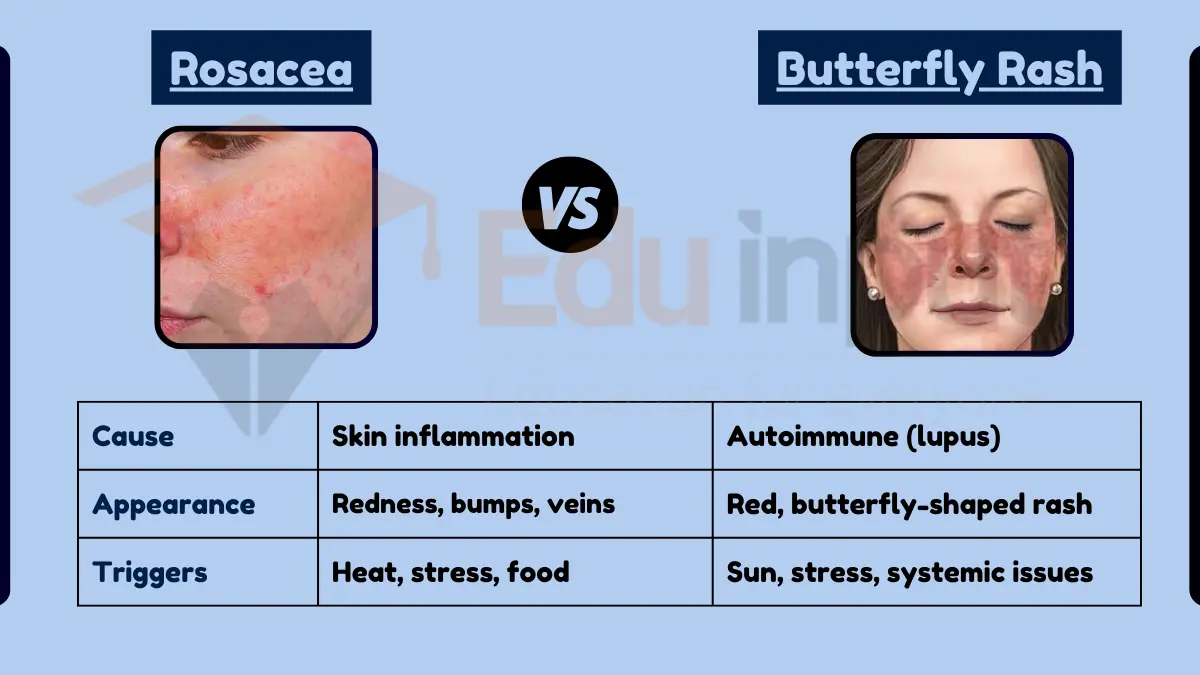
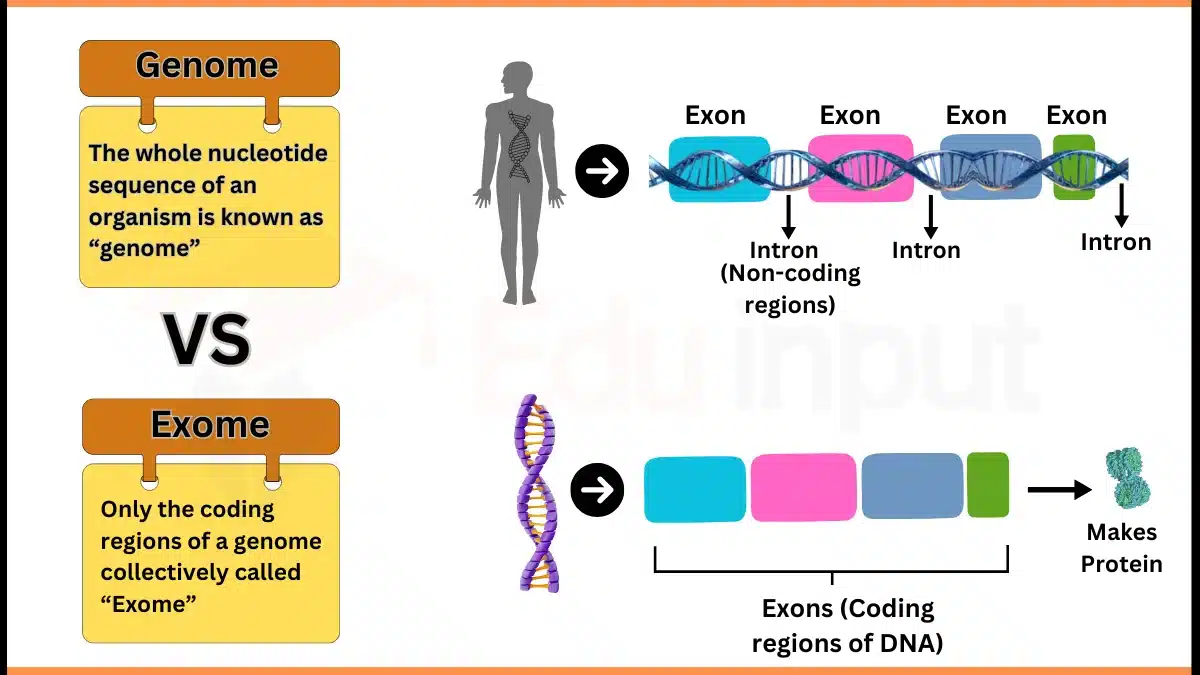
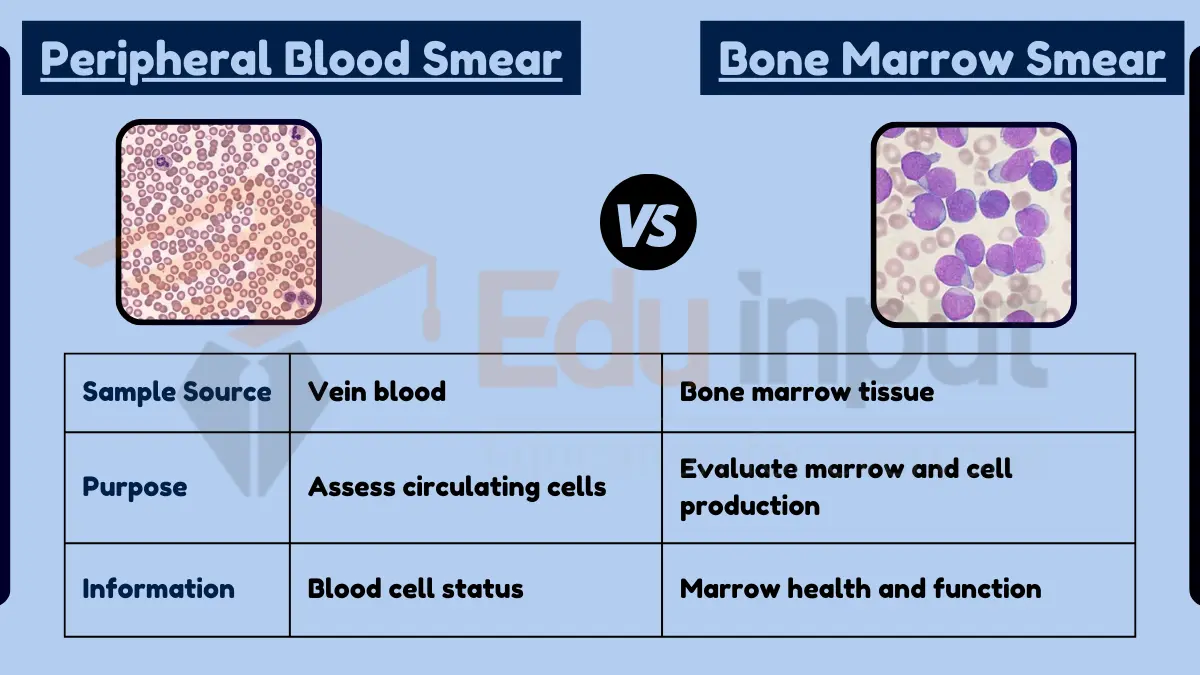
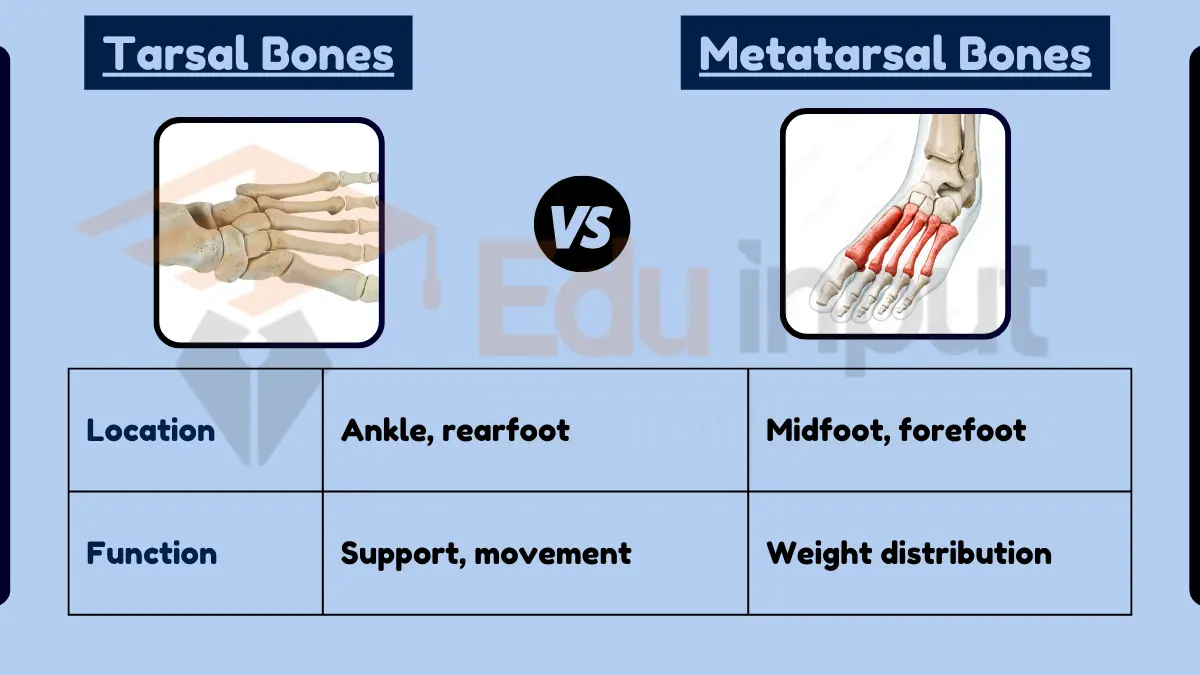


Leave a Reply